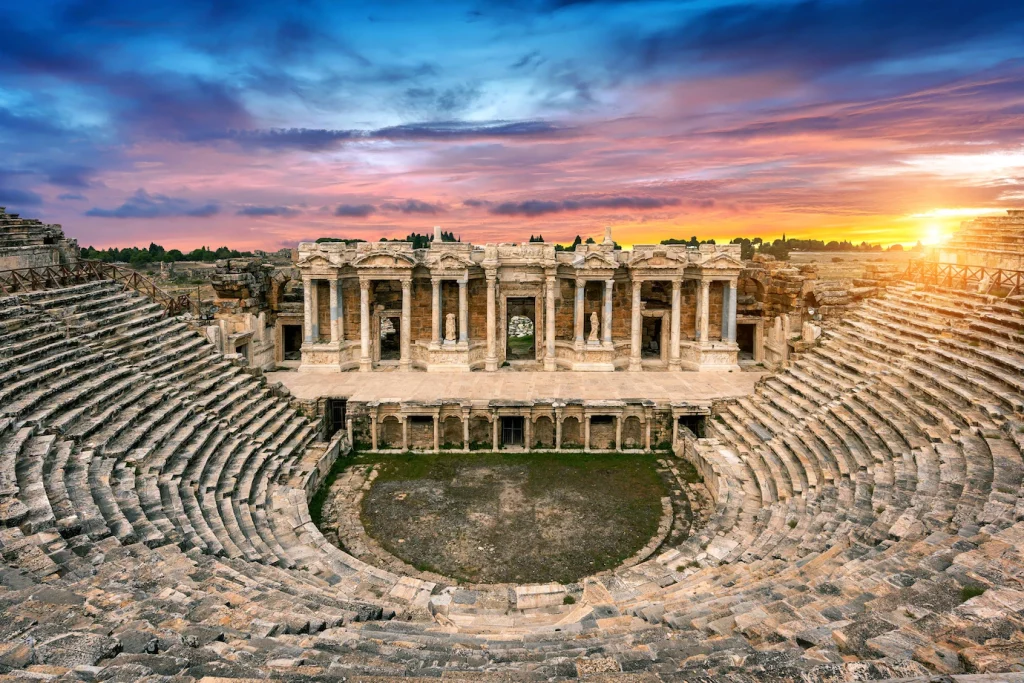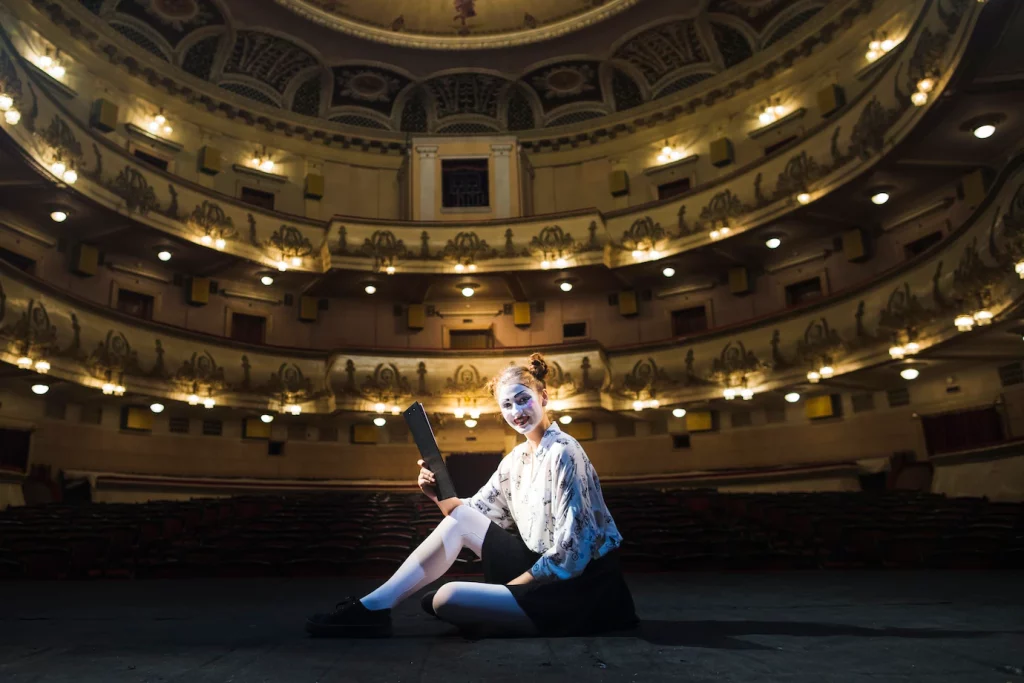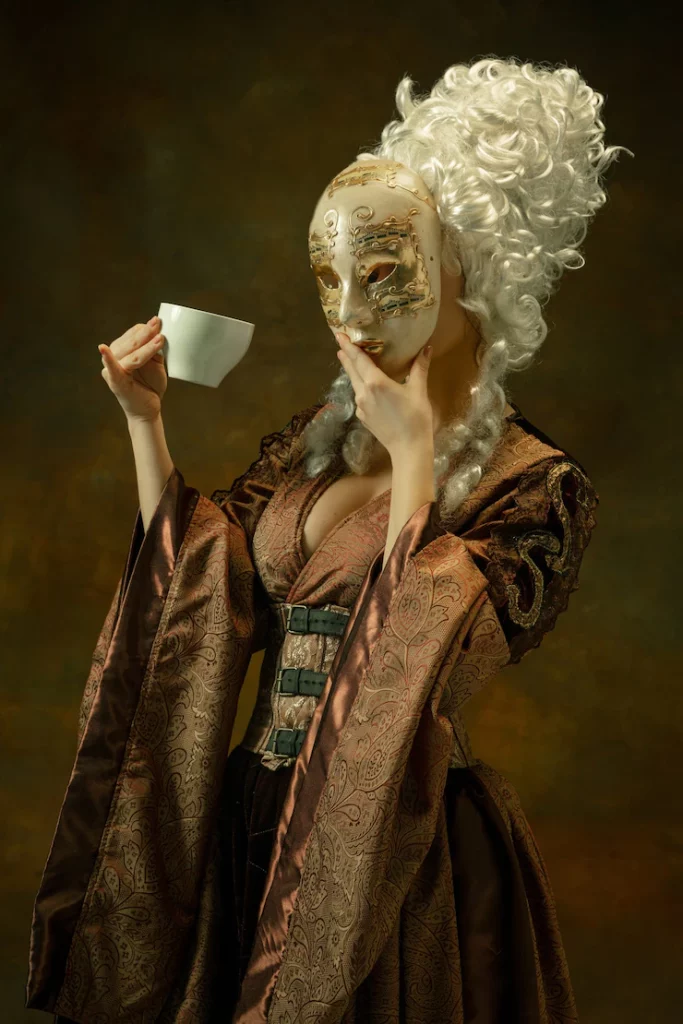The history of theatre stretches back thousands of years and encompasses a wide range of performance traditions and practices. The origins of theatre can be traced back to ancient civilizations in Egypt, Greece, and Rome, where performances were held in amphitheaters and other public spaces. These early forms of theatre often included elements of music, dance, and poetry, and were often used to celebrate religious festivals or tell stories from mythology.
One of the earliest and most influential forms of theatre was Greek tragedy, which emerged in the 6th century BCE. These plays were typically performed in large amphitheaters and featured dramatic and often tragic storylines, as well as elaborate costumes and masks. Some of the most famous Greek tragedians include Aeschylus, Sophocles, and Euripides, who are known for their works such as “Agamemnon,” “Oedipus Rex,” and “Medea,” respectively.
Another important form of ancient theatre was Greek comedy, which emerged in the 5th century BCE. These plays were typically lighter in tone and featured humorous characters and situations. Some of the most famous Greek comedians include Aristophanes, whose works include “Lysistrata” and “The Birds,” and Menander, whose plays include “The Grouch” and “The Shield.”
As the Roman Empire expanded, Roman theatre also developed, incorporating elements of both Greek tragedy and comedy. Roman plays were often more realistic and less stylized than their Greek counterparts, and often featured political and social themes. Some of the most famous Roman playwrights include Plautus and Terence, whose works include “The Braggart Soldier” and “The Self-Tormentor,” respectively.
In the Middle Ages, theatre in Europe was largely dominated by religious institutions, and plays were often used as a way to educate and convert the populace. One of the most famous examples of this is the Mystery Play, a form of religious drama that was popular in the medieval period. These plays were based on stories from the Bible and were often performed in churches or other religious settings.
In the Renaissance period (14th to 17th centuries), theatre began to evolve and change. The Renaissance saw a revival of classical learning and a renewed interest in Greek and Roman culture, which had a major influence on the development of theatre. In England, the Elizabethan era (1558-1603) was a golden age of theatre, with playwrights such as William Shakespeare, Christopher Marlowe, and Ben Jonson producing some of their most famous works. In addition to plays, the Elizabethan era also saw the development of the masque, a form of elaborate court entertainment that featured music, dance, and special effects.
The 18th and 19th centuries saw the rise of the realistic, or “well-made,” play, which focused on believable characters and realistic situations. This style of play was popularized by playwrights such as Pierre Beaumarchais and Henrik Ibsen, whose works include “The Marriage of Figaro” and “A Doll’s House,” respectively. In the 20th century, theatre continued to evolve and change, with the emergence of new styles and techniques such as expressionism, absurdism, and immersive theatre. Some of the most famous playwrights of this period include Tennessee Williams, Arthur Miller, and August Wilson.
Throughout its history, theatre has played a significant role in society, serving as a platform for social and political commentary, a means of entertainment, and a way to explore and understand the human experience. Famous actors, writers, and directors from all over the world have contributed to the development of theatre, and their works continue to be performed and admired today.

As the history of theatre has progressed, various forms and styles of performance have emerged, each with its own unique characteristics and traditions. Some of the most notable forms of theatre include:
Musical theatre: This form of theatre combines music, dance, and dialogue to tell a story. It originated in the United States in the late 19th century and has become popular around the world. Some of the most famous musicals include “The Phantom of the Opera,” “Les Misérables,” and “West Side Story.”
Opera: This form of theatre combines music and drama, with the story typically being told through song. Opera originated in Italy in the 16th century and has since spread to become popular around the world. Some of the most famous operas include “The Magic Flute,” “Carmen,” and “La Traviata.”
Ballet: This form of theatre combines dance and music to tell a story or convey a mood. Ballet originated in the Italian Renaissance and has since become popular around the world. Some of the most famous ballets include “Swan Lake,” “The Nutcracker,” and “Giselle.”
Pantomime: This form of theatre is popular in the United Kingdom and is characterized by the use of physical comedy, mime, and audience participation. Pantomime typically features a variety of characters, including a principal boy, a principal girl, and a dame.
In addition to these forms of theatre, there are also many different styles of performance, each with its own unique characteristics. Some of the most notable styles include:
Realism: This style of theatre aims to create a sense of verisimilitude, or the appearance of being real, through the use of naturalistic acting, sets, and costumes. Realistic plays often focus on ordinary, everyday characters and situations.
Expressionism: This style of theatre emerged in Germany in the early 20th century and is characterized by the use of exaggerated, symbolic gestures and imagery to express the inner emotional states of the characters. Expressionistic plays often explore themes of alienation and the inner workings of the human psyche.
Absurdism: This style of theatre, also known as the “theatre of the absurd,” emerged in the 1950s and is characterized by the use of illogical and irrational elements to challenge the audience’s expectations and assumptions. Absurdist plays often explore themes of meaninglessness and the human condition.
Immersive theatre: This style of theatre involves the audience in the performance, either by allowing them to move around the performance space or by creating a fully immersive environment. Immersive theatre often blurs the lines between audience and performer and seeks to create a more interactive and personal experience for the audience.

As the history of theatre has progressed, many famous actors, writers, and directors have made significant contributions to the art form. Some of the most notable figures in the history of theatre include:
William Shakespeare: Often considered the greatest playwright in the English language, Shakespeare wrote more than 40 plays and 150 sonnets during his lifetime. His works include some of the most famous plays in the English canon, such as “Hamlet,” “Macbeth,” and “Romeo and Juliet.”
August Wilson: An American playwright and poet, Wilson is known for his cycle of ten plays, known as the “Pittsburgh Cycle,” which explore the African-American experience in the 20th century. His works include “Fences,” “The Piano Lesson,” and “Ma Rainey’s Black Bottom.”
Tennessee Williams: An American playwright and writer, Williams is known for his realistic and often emotionally charged plays, such as “A Streetcar Named Desire” and “The Glass Menagerie.” Williams’ works often explore themes of desire, isolation, and the human condition.
Arthur Miller: An American playwright and essayist, Miller is known for his socially conscious plays that explore issues such as social injustice and the human condition. His works include “Death of a Salesman,” “The Crucible,” and “All My Sons.”
Molière: A French playwright and actor, Molière is considered one of the greatest playwrights in the history of French theatre. His works include “Tartuffe,” “The Misanthrope,” and “The Imaginary Invalid.”
Samuel Beckett: An Irish playwright and novelist, Beckett is known for his contributions to the theatre of the absurd. His works include “Waiting for Godot,” “Endgame,” and “Krapp’s Last Tape.”
Throughout its history, theatre has also been marked by a number of significant events and milestones. Some of the most notable events in the history of theatre include:
The first recorded performance of a play: The first recorded performance of a play took place in ancient Greece in the 6th century BCE. The play, “The Persians,” was written by the Greek tragedian Aeschylus and was performed in honor of the city of Athens’ victory over the Persians in the Battle of Marathon.
The founding of the Globe Theatre: In 1599, the Globe Theatre was founded in London by the acting company the Lord Chamberlain’s Men, which included William Shakespeare as a member. The Globe became one of the most famous and influential playhouses in the history of English theatre.
The opening of the Comédie-Française: In 1680, the Comédie-Française, one of the most famous and influential theaters in France, was founded in Paris. The Comédie-Française was home to many of the greatest French playwrights and actors of the time, including Molière and Jean-Baptiste Poquelin.
The founding of the Moscow Art Theatre: In 1898, the Moscow Art Theatre was founded by the Russian actor and director Konstantin Stanislavski and the playwright and director Vladimir Nemirovich-Danchenko. The Moscow Art Theatre became a leading force in the development of the realistic style of acting and is considered one of the most influential theaters in the history of Russian theatre.
The opening of the Royal Shakespeare Theatre: In 1932, the Royal Shakespeare Theatre was opened in Stratford-upon-Avon, England, to celebrate the work of William Shakespeare. The theatre has since become a major hub for the production of Shakespeare’s plays and a popular tourist attraction.
As the history of theatre continues to evolve, it remains an important and influential art form that has the power to entertain, educate, and inspire audiences around the world.

In the 21st century, theatre has continued to evolve and change, with new forms and styles of performance emerging and old ones being reinterpreted and reimagined. Some of the notable trends and developments in contemporary theatre include:
The rise of interactive and immersive experiences: In recent years, there has been a trend towards theatre experiences that involve the audience more directly and create a more immersive and interactive environment. Examples of this include immersive theatre, where the audience is actively involved in the performance, and site-specific theatre, where the performance takes place in a specific location and often incorporates elements of the surrounding environment.
The growth of multimedia and digital technologies: The incorporation of multimedia and digital technologies into theatre has also become increasingly common, with many productions using projections, video, and other forms of technology to enhance the performance. This trend has been especially prominent in musical theatre, where technology has been used to create elaborate sets and special effects.
The emergence of new performance styles: In addition to traditional forms of theatre, new performance styles have also emerged in recent years. Examples of this include physical theatre, which emphasizes the use of the body and movement to convey meaning, and verbatim theatre, which uses the exact words of real people to tell a story or explore a theme.
The growing popularity of theatre festivals: Theatre festivals, which showcase a variety of performances and bring together artists and audiences from around the world, have also become increasingly popular in recent years. Some of the most notable theatre festivals include the Edinburgh Festival Fringe, the Festival d’Avignon, and the Melbourne International Arts Festival.
The continued influence of classic plays: Despite the emergence of new forms and styles of theatre, classic plays and playwrights continue to be an important part of the contemporary theatre landscape. Many classic plays are still being performed and adapted for modern audiences, and the works of playwrights such as Shakespeare, Ibsen, and Williams continue to be widely studied and celebrated.
In addition to these trends, the COVID-19 pandemic has had a major impact on the theatre industry, with many productions being postponed or cancelled and many theaters being closed for extended periods of time. As a result, many theater companies and artists have turned to online platforms and virtual performances to continue creating and sharing their work. It remains to be seen how the pandemic will continue to shape the future of theatre, but it is clear that the art form will continue to evolve and adapt in the face of new challenges and opportunities.
Photos:
https://www.freepik.com/



